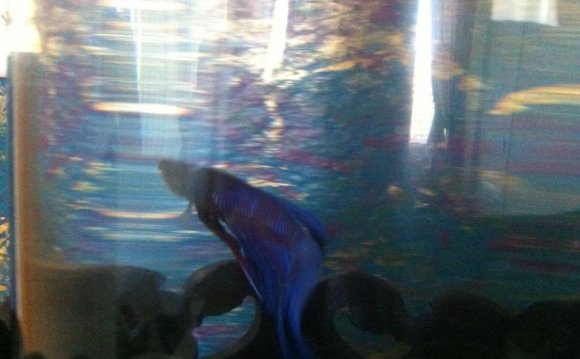
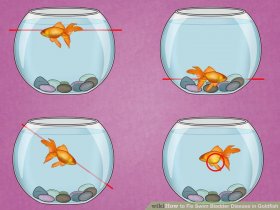 Look for common symptoms of swim bladder disorder. Swim bladder disorder occurs when a fish's swim bladder, which normally inflates and helps the fish stay properly afloat, becomes compromised. No matter what's causing the problem, the symptoms are usually the same. When you see your fish belly-up, don't assume it's dead; if it's still breathing, it probably has swim bladder disorder. Here are symptoms to look for:
Look for common symptoms of swim bladder disorder. Swim bladder disorder occurs when a fish's swim bladder, which normally inflates and helps the fish stay properly afloat, becomes compromised. No matter what's causing the problem, the symptoms are usually the same. When you see your fish belly-up, don't assume it's dead; if it's still breathing, it probably has swim bladder disorder. Here are symptoms to look for:
- The fish keeps floating to the top, upside-down
- The fish keeps sinking to the bottom of the tank
- The fish swims with its tail higher than its head (note: this is normal for head standing fish species)
- The fish has a swollen belly
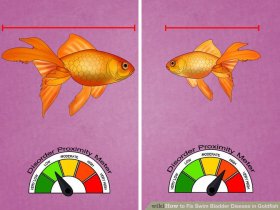 Goldfish, especially fancy goldfish, and betta fish are most commonly affected by swim bladder disorder. These types of fish have round, short bodies, which causes their organs to become compressed. The fish's internal organs can press against the swim bladder and make it difficult for it to function properly.
Goldfish, especially fancy goldfish, and betta fish are most commonly affected by swim bladder disorder. These types of fish have round, short bodies, which causes their organs to become compressed. The fish's internal organs can press against the swim bladder and make it difficult for it to function properly.
- If you have a fancy goldfish or a betta fish, you'll need to monitor it carefully for signs of swim bladder disorder. Left untreated it can lead to death.
- Natural goldfish varieties with longer bodies are less prone to getting swim bladder disorder, since their organs are not packed tightly together.
- Gulping too much air while eating, causing the stomach to become enlarged
- Eating low quality or air-filled food, causing constipation in the intestine
- Eating too much, causing fatty deposits to enlarge the liver
- The development of cysts in the kidney, causing it to become enlarged
- Deformity of an internal organ
 Sometimes swim bladder disorder is a symptom of infection, and you won't be able to solve that by changing your fish's eating habits. If you believe that your fish has an infection, it's important to treat that separately to help your fish get healthy again.
Sometimes swim bladder disorder is a symptom of infection, and you won't be able to solve that by changing your fish's eating habits. If you believe that your fish has an infection, it's important to treat that separately to help your fish get healthy again.
- If your fish has an infection, it will exhibit clamped fins, shaking, and lack of appetite in addition to other symptoms of swim bladder disorder.
- Start by cleaning the tank to reduce bacteria levels; in many cases, this will kill the bacteria causing the infection.
- If symptoms persist, consider treating the fish with a broad spectrum antibiotic to cure the infection. Antibiotics are available at your pet store in the form of water treatment drops or medicated fish food flakes. Be sure to follow the instructions so as not to over medicate your fish.
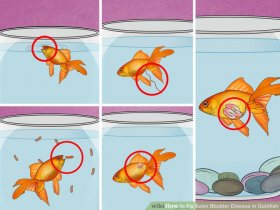
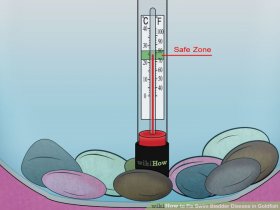
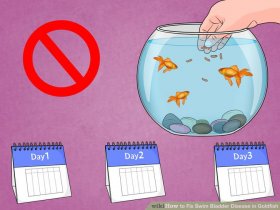
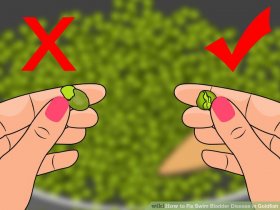
Source: www.wikihow.com









